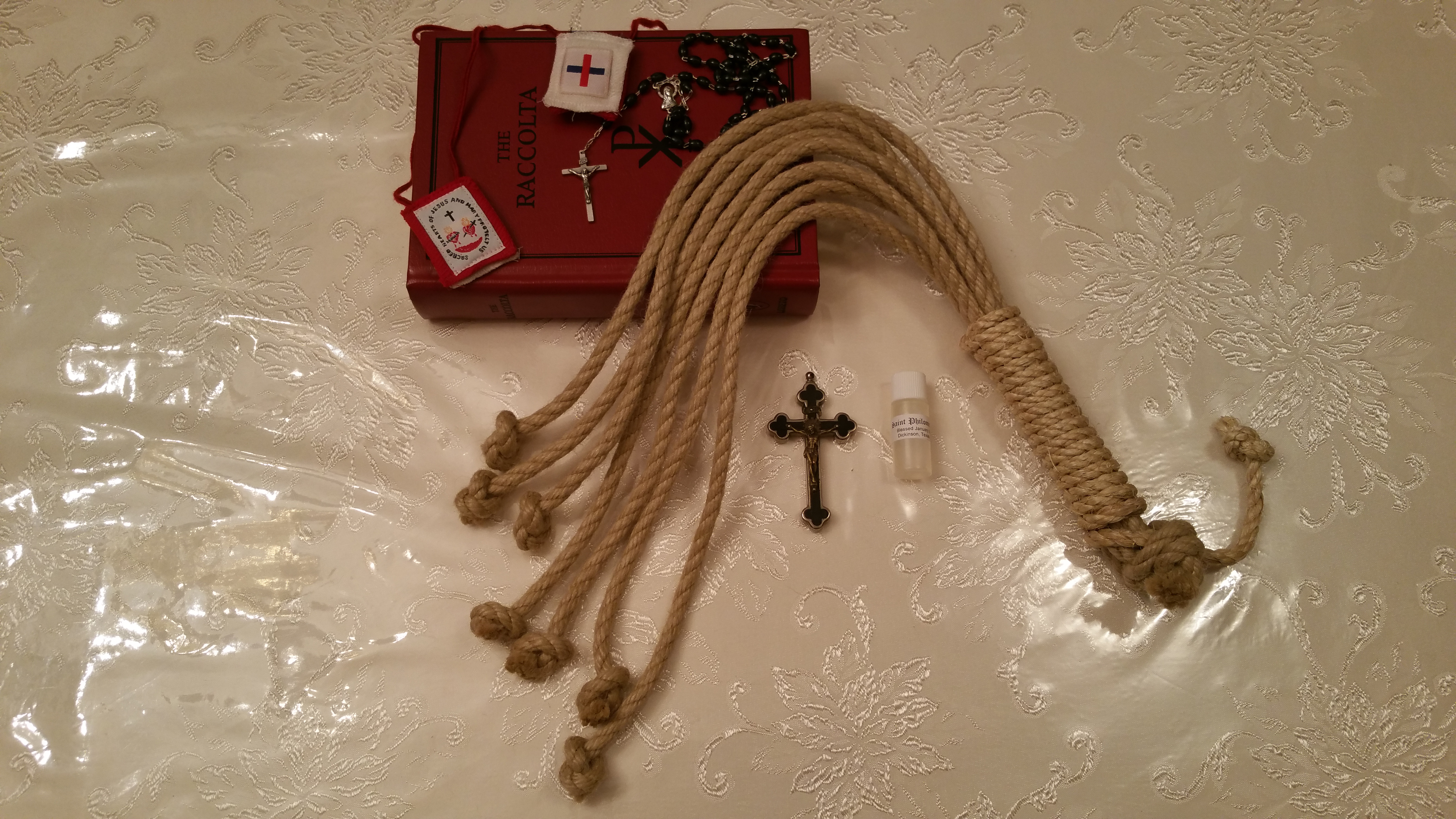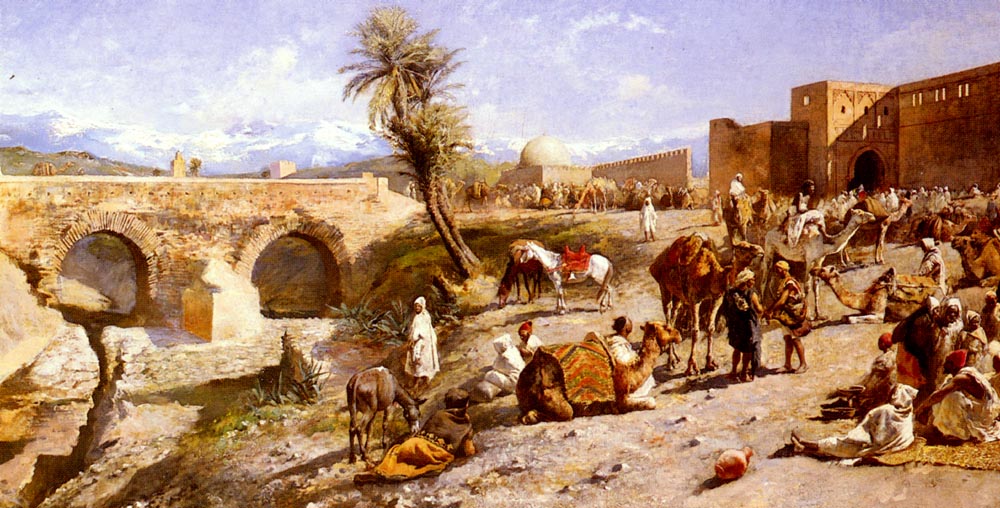|
Guardia Sanframondi
Guardia Sanframondi is a town and ''comune'' in the Province of Benevento, in Campania region, in Italy. It is best known for its wine production, the wine festival ''Vinalia'' and for its Christian penitential rite held every seven years. Geography Guardia Sanframondi is distant 28 km from Benevento, its provincial capital. It comes as a characteristic medieval town dominating the entire Telesina Valley. The town is situated on the slopes of a mountain called Toppo Capomandro and it is very close to the river Calore, which runs through the nearby Telesina Valley. The upper areas of the town are characterized by conifer and oak woods, whereas the foot of the town are dominated by vast green expanses of vineyards and olive groves. Guardia boasts a majestic medieval castle, from which it is possible to admire the vast Telesina Valley. Most of the historical center is accessible only by foot through narrow, stone, stepped streets and walkways. Much of the old town, where peopl ... [...More Info...] [...Related Items...] OR: [Wikipedia] [Google] [Baidu] |
Campania
Campania is an administrative Regions of Italy, region of Italy located in Southern Italy; most of it is in the south-western portion of the Italian Peninsula (with the Tyrrhenian Sea to its west), but it also includes the small Phlegraean Islands and the island of Capri. The capital of the region is Naples. Campania has a population of 5,575,025 as of 2025, making it Italy's third most populous region, and, with an area of , its most densely populated region. Based on its Gross domestic product, GDP, Campania is also the most economically productive region in Southern Italy List of Italian regions by GDP, and the 7th most productive in the whole country. Naples' urban area, which is in Campania, is the List of urban areas in the European Union, eighth most populous in the European Union. The region is home to 10 of the 58 List of World Heritage Sites in Italy, UNESCO sites in Italy, including Pompeii and Herculaneum, the Royal Palace of Caserta, the Amalfi Coast, the Longobardian ... [...More Info...] [...Related Items...] OR: [Wikipedia] [Google] [Baidu] |
San Lupo
San Lupo is the name of a hill town and ''comune'' in the province of Benevento, in the Campania region of southern Italy. It is a member of the Titerno "Local Action Group". The town is located 60 km from the A1 highway, exit at Caserta, or is reachable by the Benevento-Caianello National Road. The nearest railway station is Naples-Foggia line. There are daily flights to Benevento and Naples. The town is also accessible by bus, on the line St. Wolf-Naples-Benevento-Campobasso, with links to Benevento (3 trips daily in summer and 3 runs in the winter), Naples (3 trips daily during the summer and 3 runs in the winter) and Campobasso (3 trips daily in summer and 3 runs in the winter). History The first settlement dates back to the period between the 10th and 11th century AD by Benedictine monks who were attracted to these lands and called them "San Lupo and Zosimus." A major earthquake in 1456 caused serious damage, and forced the population to move upstream, where the vil ... [...More Info...] [...Related Items...] OR: [Wikipedia] [Google] [Baidu] |
San Sebastiano Martire, Guardia Sanframondi
San Sebastiano Martire is a Roman Catholic church located in Rione Croce of the town of Guardia Sanframondi, province of Benevento, region of Campania, Italy. History The small church was first erected in 1515, but the present church, with a single nave and austere exterior date to the 18th century. The main portal derives from the 16th century. The small church has four lateral altars. The main altar (1729) is made from polychrome marble and decorated with stucco putti. Design of wall and altar decorations were commissioned from the architect and sculptor Domenico Antonio Vaccaro. The ceiling frescoes and canvases were completed by Paolo De Matteis. In the main nave, he depicted the ''Glory of the Virgin of the Assumption''. In the surrounding paintings are the four evangelists and the seven moral virtues: from the left, Justice, Mansuetudine (gentleness), Courage, Prudence, Faith, Hope, and Charity. Other canvases depict St Jerome, St Agnes, the Holy Family, and La Pietà. Besi ... [...More Info...] [...Related Items...] OR: [Wikipedia] [Google] [Baidu] |
Chiesa Dell Ave Gratia Plena, Guardia Sanframondi
Ave Gratia Plena, also called church of Santissima Annunciata, is a Roman Catholic church located in Rione Piazza of the town of Guardia Sanframondi, province of Benevento, region of Campania, Italy. The Latin ''Ave Gratia Plena'' is the Hail Mary invocation attributed to the archangel Gabriel when first communicating through the ''Annunciation'' to Mary of about her pregnancy. History The church was erected in the 15th century as a small chapel with an adjacent hospital and foundling home (''brefotrofio''). Enlarged in 1511, it was razed by the earthquake of 1688, and rebuilt as the present structure with a rectangular single nave and a paneled and engraved wooden ceiling. The main altar, made of polychrome marble, once held an ''Annunciation'' by Paolo De Matteis. To the left of the entrance is a tilting bell-tower with two lions sculpted at the base and roof-tiles of colored maiolica Maiolica is tin-glazed pottery decorated in colours on a white background. The most renow ... [...More Info...] [...Related Items...] OR: [Wikipedia] [Google] [Baidu] |
Instrument Of Penance
Instrument may refer to: Science and technology * Flight instruments, the devices used to measure the speed, altitude, and pertinent flight angles of various kinds of aircraft * Laboratory equipment, the measuring tools used in a scientific laboratory, often electronic in nature * Mathematical instrument, devices used in geometric construction or measurements in astronomy, surveying and navigation * Measuring instrument, a device used to measure or compare physical properties * Medical instrument, a device used to diagnose or treat diseases * Optical instrument, relies on the properties of light * Quantum instrument, a mathematical object in quantum theory combining the concepts of measurement and quantum operation * Scientific instrument, a device used to collect scientific data * Surgical instrument * Vehicle instrument, a device measuring parameters of a vehicle, such as its speed or position * Weather instrument, a device used to record aspects of the weather Music * Musi ... [...More Info...] [...Related Items...] OR: [Wikipedia] [Google] [Baidu] |
Spugna
A spugna is an instrument of penance used by some Christians who practice mortification of the flesh. With the word "spugna" literally meaning "sponge", a spugna is made from a circular piece of cork that contains metal studs, metal spikes, or needles. Christians, especially those who are enrolled in a confraternity of penitents, strike the spugna against their chests to repent of sins and to share in the Passion of Christ. Spugna are used in the privacy of one's dwelling, as well as in public Christian processions. When in public, beaters (''battenti'') cover their faces with ''capiroti'' (singular ''capirote'') in order not to draw attention to themselves as they repent, but to God in Christianity, God; these include men, women and children. As those using the spugna sometimes bleed, white wine is poured on top of the spugna to cleanse it and protect the wound from infection. Gallery File:Battenti guardia1.jpg, A Procession#Christian processions, Christian procession with peni ... [...More Info...] [...Related Items...] OR: [Wikipedia] [Google] [Baidu] |
Discipline (instrument Of Penance)
A discipline is a small scourge (whip) used as an instrument of penance by certain members of some Christian denominations (including Roman Catholics, Anglicans Anglicanism, also known as Episcopalianism in some countries, is a Western Christianity, Western Christian tradition which developed from the practices, liturgy, and identity of the Church of England following the English Reformation, in the ..., among others) in the spiritual discipline known as mortification of the flesh. Many disciplines comprise seven cords, Christian symbolism, symbolizing the seven deadly sins and seven virtues. They also often contain three knots on each cord, representing the number of days Jesus, Jesus Christ remained in the Burial of Jesus, tomb after bearing the sins of humanity. Those who use the discipline often do so during the penitential Liturgical year, season of Lent, but others use it on other occasions, and even every day. History and practice In the Christian Bible, Bib ... [...More Info...] [...Related Items...] OR: [Wikipedia] [Google] [Baidu] |
Flagellant
Flagellants are practitioners of a form of mortification of the flesh by whipping their skin with various instruments of penance. Many Christian confraternities of penitents have flagellants, who beat themselves, both in the privacy of their dwellings and in public processions, to repent of Christian views on sin, sins and share in the Passion of Jesus. In the 14th century, a movement within Western Christianity known as Flagellantism became popular and adherents "began beating their flesh in a public penitential ritual in response to war, famine, plague and fear engendered by millenarianism." Though this movement withered away, the practices of public repentance and promoting peace were adopted by the flagellants in Christian, especially Roman Catholic, confraternities of penitents that exist to the present-day. History Flagellation (from Latin ''flagellare'', to whip) was quite a common practice amongst the more fervently religious throughout antiquity. The practice became p ... [...More Info...] [...Related Items...] OR: [Wikipedia] [Google] [Baidu] |
Christian Procession
A procession is an organized body of people walking in a formal or ceremonial manner. History Processions have in all peoples and at all times been a natural form of public celebration, as forming an orderly and impressive ceremony. Religious and triumphal processions are abundantly illustrated by ancient monuments, e.g. the religious processions of Egypt, those illustrated by the rock-carvings of Boghaz-Keui, the many representations of processions in Greek art, culminating in the great Panathenaic procession of the Parthenon Frieze, and Roman triumphal reliefs, such as those of the arch of Titus. Greco-Roman practice Processions played a prominent part in the great festivals of Greece, where they were always religious in character. The games were either opened or accompanied by more or less elaborate processions and sacrifices, while processions from the earliest times formed part of the worship of the old nature gods, as those connected with the cult of Dionysus and the Pha ... [...More Info...] [...Related Items...] OR: [Wikipedia] [Google] [Baidu] |
Crown Of Thorns
According to the New Testament, a woven crown of thorns ( or ) was placed on the head of Jesus during the Passion of Jesus, events leading up to his crucifixion of Jesus, crucifixion. It was one of the Arma Christi, instruments of the Passion, employed by Jesus' captors both to cause him pain and to Mocking of Jesus, mock his Jesus, King of the Jews, claim of authority. It is mentioned in the gospels of Gospel of Matthew, Matthew (Matthew 27:29), Gospel of Mark, Mark (Mark 15:17) and Gospel of John, John (John 19:2, 19:5), and is often alluded to by the early Church Fathers, such as Clement of Alexandria, Origen and others, along with being referenced in the New Testament Apocrypha, apocryphal Gospel of Peter. Since around 400 AD, a relic has been Veneration, venerated as the crown of thorns. The Franc Emperor of the Middle-East kept it in his on chapel. Louis IX acquired it in 1239 from the emperor Baldwin II, Latin Emperor, Baldwin Il, who was financially in debt due to heavy m ... [...More Info...] [...Related Items...] OR: [Wikipedia] [Google] [Baidu] |





